Introduction
Lamb’s trotters, often overlooked in the culinary world despite their rich flavor and nutritional benefits, are a delightful addition to any meal. These meaty, gelatinous parts of the sheep are not only a source of high-quality protein but also rich in collagen, which is beneficial for skin health and joint mobility. While lamb’s trotters might not be as popular as other cuts like lamb chops or shanks, they offer a unique culinary experience that can be enjoyed in various ways, including boiling, braising, and roasting. Among these cooking methods, boiling lamb’s trotters is perhaps the simplest and most straightforward, especially for those who appreciate the comfort and richness of a hearty, homemade broth.
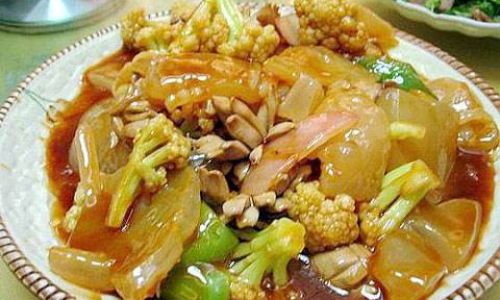
In this article, we will delve into the specifics of boiling lamb’s trotters, focusing on the crucial question: how long should you cook them to achieve the perfect balance of tenderness and flavor? We’ll explore the preparation process, cooking times, tips for enhancing flavor, and potential recipes to inspire your next culinary adventure.
Preparing Lamb’s Trotters for Boiling
Before you start boiling your lamb’s trotters, it’s essential to prepare them properly to ensure both food safety and optimal taste. Here are the steps you should follow:
-
Inspection and Trimming: Begin by inspecting the trotters carefully. Remove any hair, dirt, or debris using a sharp knife or scissors. Lamb’s trotters can sometimes come with the hoof still attached; if so, you may choose to trim it off for a cleaner presentation, though it’s not strictly necessary.
-
Soaking: Place the cleaned trotters in a large bowl of cold water and let them soak for about 30 minutes to an hour. This helps to draw out any blood or impurities that might affect the final taste of your broth. Change the water if it becomes discolored.
-
Blanching: After soaking, blanch the trotters in boiling water for about 5-7 minutes. This step further removes impurities and tightens the meat, helping to keep it intact during the longer cooking process. Once blanched, rinse the trotters under cold water to stop the cooking process and set the meat’s texture.
Boiling Lamb’s Trotters: The Cooking Time
Now that your lamb’s trotters are prepared, it’s time to boil them. The cooking time can vary depending on several factors, including the size and age of the sheep, as well as personal preference for texture. However, a general guideline for achieving tender, flavorful trotters is to boil them for approximately 1.5 to 2 hours.
Here’s a step-by-step guide to boiling lamb’s trotters:
-
Fill a Pot with Water: Choose a large, heavy-bottomed pot that can accommodate the trotters with plenty of room for the water to circulate. Fill the pot with enough cold water to fully submerge the trotters. Using cold water helps to gradually bring the meat to temperature, ensuring more uniform cooking.
-
Add Aromatics and Seasonings: For added flavor, include aromatic vegetables such as carrots, celery, onions, and garlic. You can also add herbs like thyme, bay leaves, and black peppercorns. A splash of vinegar or wine can help to draw out more flavors from the bones and meat.
-
Bring to a Boil: Place the pot on the stove over high heat and bring the water to a rolling boil. Skim off any foam or impurities that rise to the surface. This step is crucial for a clear, flavorful broth.
-
Reduce Heat and Simmer: Once the water is boiling, reduce the heat to low or medium-low and let the trotters simmer gently. Cover the pot with a lid, leaving it slightly ajar to allow steam to escape and prevent the broth from becoming too turbid.
-
Check for Tenderness: After simmering for about 1.5 hours, begin checking the trotters for tenderness. You can do this by piercing them with a fork or skewer; they should offer little resistance and feel very soft to the touch. If they are not yet tender, continue cooking in increments of 15-20 minutes, checking regularly to avoid overcooking.
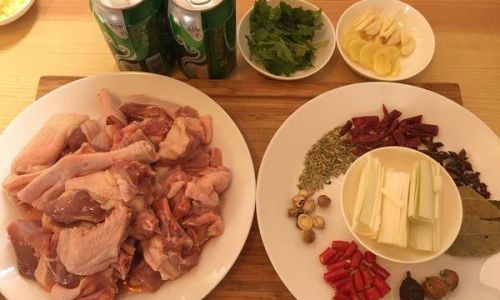
-
Final Touches: Once the trotters are perfectly tender, you can remove them from the pot and let them cool slightly before handling. The broth can be strained and used as a rich, flavorful stock for soups, stews, or gravies.
Enhancing Flavor and Presentation
While boiling lamb’s trotters is a straightforward process, there are several ways to elevate their flavor and presentation:
-
Marinating: Before boiling, you can marinate the trotters in a mixture of olive oil, garlic, herbs, and lemon juice for a few hours or overnight. This will infuse them with additional flavors.
-
Finishing Sauce: After boiling, you can create a simple finishing sauce using the strained broth, perhaps with a reduction of red wine or a splash of soy sauce for a non-traditional twist.
-
Garnishing: Serve the cooked trotters with a sprinkle of fresh herbs, a squeeze of lemon juice, or a dollop of aioli for added freshness and flavor.
Recipes Inspired by Lamb’s Trotters
To inspire your culinary creativity, here are a few recipe ideas featuring lamb’s trotters:
-
Lamb Trotter and Vegetable Stew: Combine boiled, shredded lamb trotters with an assortment of root vegetables like potatoes, carrots, and turnips in a rich, herbed broth. Simmer until the vegetables are tender and the flavors have melded together.
-
Lamb Trotter Broth Noodles: Use the strained broth from boiled trotters as the base for a hearty noodle soup. Add cooked noodles, slices of boiled trotter meat, and your favorite soup toppings like scallions, cilantro, and a drizzle of chili oil.
-
Lamb Trotter Terrine: For a more sophisticated dish, cook the trotters until very tender, then shred the meat and mix it with other ingredients like pork, liver, and spices. Press the mixture into a terrine mold, chill, and serve sliced with mustard or pickles.
Conclusion
Boiling lamb’s trotters may not be the most glamorous cooking method, but it certainly yields delicious and nutritious results. By following the steps outlined in this article—from proper preparation to careful cooking and flavor enhancement—you can enjoy tender, flavorful trotters that are sure to impress even the most discerning palate. Whether you’re looking to create a hearty stew, a rich broth, or an elegant terrine, lamb’s trotters offer a versatile and satisfying culinary experience. So, the next time you’re at the market, consider picking up a few pairs of these often-neglected treasures and embark on a culinary journey that promises both delight and nourishment.
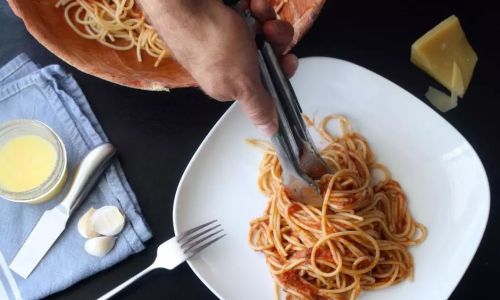


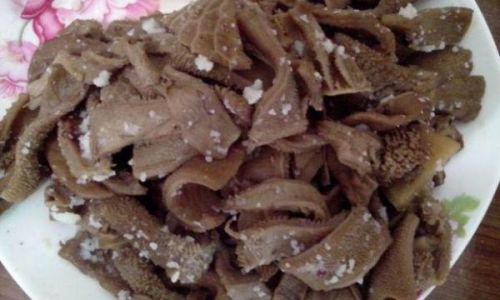
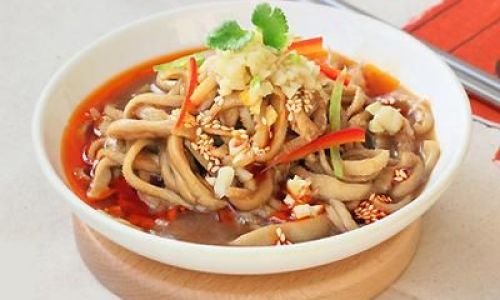

0 comments